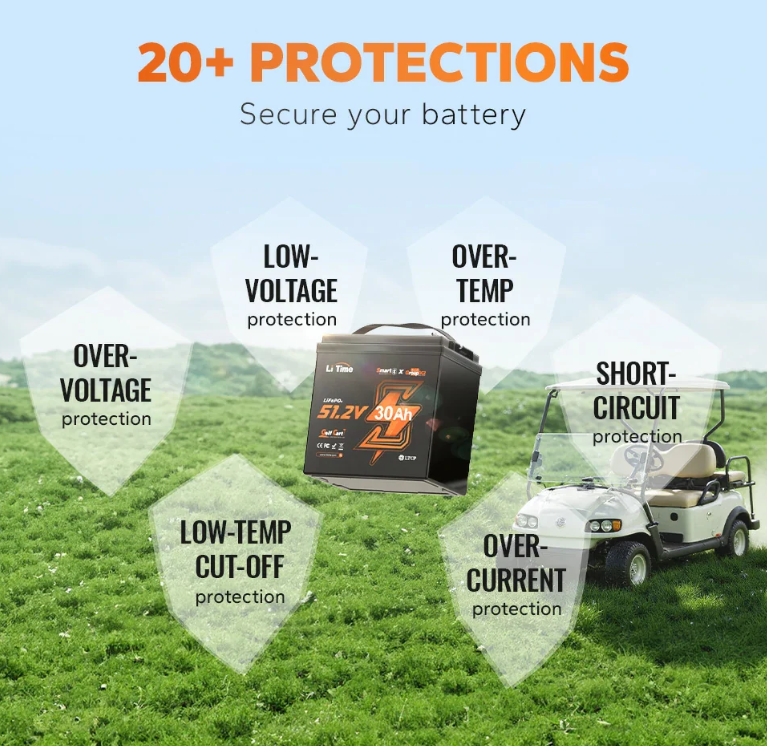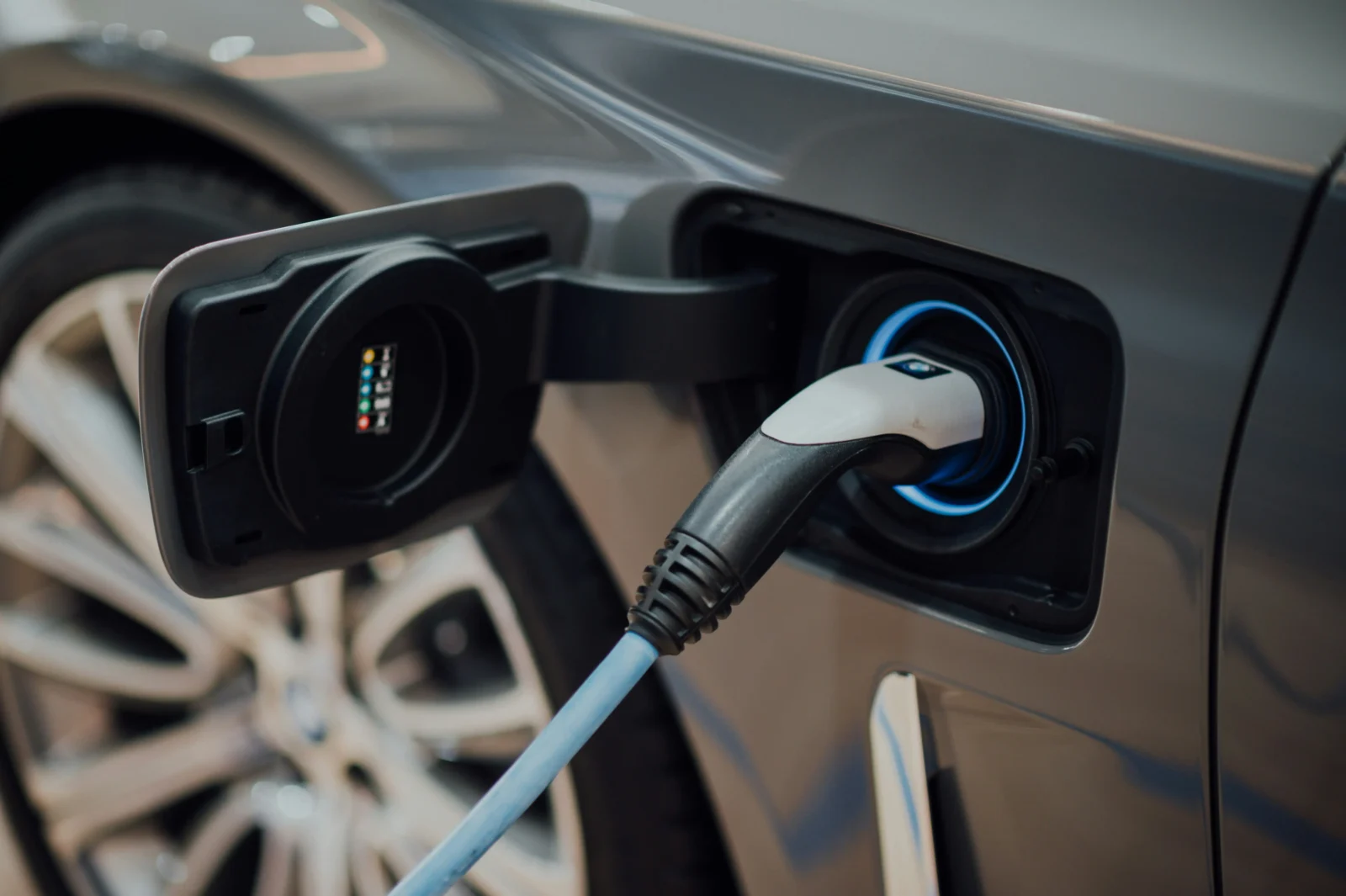- Home
- Articles
- Architectural Portfolio
- Architectral Presentation
- Inspirational Stories
- Architecture News
- Visualization
- BIM Industry
- Facade Design
- Parametric Design
- Career
- Landscape Architecture
- Construction
- Artificial Intelligence
- Sketching
- Design Softwares
- Diagrams
- Writing
- Architectural Tips
- Sustainability
- Courses
- Concept
- Technology
- History & Heritage
- Future of Architecture
- Guides & How-To
- Art & Culture
- Projects
- Interior Design
- Competitions
- Jobs
- Store
- Tools
- More
- Home
- Articles
- Architectural Portfolio
- Architectral Presentation
- Inspirational Stories
- Architecture News
- Visualization
- BIM Industry
- Facade Design
- Parametric Design
- Career
- Landscape Architecture
- Construction
- Artificial Intelligence
- Sketching
- Design Softwares
- Diagrams
- Writing
- Architectural Tips
- Sustainability
- Courses
- Concept
- Technology
- History & Heritage
- Future of Architecture
- Guides & How-To
- Art & Culture
- Projects
- Interior Design
- Competitions
- Jobs
- Store
- Tools
- More
Ultimate Guide to 48V LiFePO4 Batteries: Power Revolutionized

Looking for a reliable, long-lasting power solution? The 48V LiFePO4 battery might be exactly what you need. These powerhouses have revolutionized energy storage with their impressive lifespan, safety features, and environmental benefits compared to traditional lead-acid alternatives.
In this guide, you’ll discover why 48V LiFePO4 batteries are becoming the go-to for solar systems, electric vehicles, and off-grid applications. We’ll explore their key advantages, typical applications, and what makes them worth the investment. Whether you’re a renewable energy enthusiast or need dependable backup power, understanding these cutting-edge batteries will help you make informed decisions for your energy needs.
Table of Contents
ToggleUnderstanding 48V LiFePO4 Technology
Lithium Iron Phosphate (LiFePO4) battery technology significantly advances energy storage solutions. These batteries operate at a nominal voltage of 48V, providing consistent power for various applications while maintaining excellent stability.
LiFePO4 Battery Chemistry Advantages
LiFePO4 chemistry offers remarkable thermal stability compared to other lithium-ion variants. The phosphate-based cathode material resists thermal runaway, making these batteries significantly safer in everyday use. 48V LiFePO4 batteries maintain 80% of their capacity after 3,000-5,000 cycles, greatly outperforming other battery types. They also feature a flat discharge curve, supplying steady voltage throughout their discharge cycle rather than gradually decreasing power. Also, these batteries contain no toxic heavy metals, require minimal maintenance, and have no memory effect issues.
Comparison with Traditional Lead-Acid Batteries
| Feature | 48V LiFePO4 Battery | Lead-Acid Battery |
|---|---|---|
| Lifespan | 3,000-5,000 cycles | 300-500 cycles |
| Weight | 70% lighter | Heavier |
| Charging time | 2-3 hours | 8-10 hours |
| Depth of discharge | 80-100% | 50% max recommended |
| Self-discharge rate | 2-3% monthly | 5-15% monthly |
| Operating temperature | -20°C to 60°C | -15°C to 50°C |
LiFePO4 batteries handle deep discharges without damage, unlike lead-acid batteries, which deteriorate quickly when discharged below 50%. The initial investment for a 48V LiFePO4 battery pays off through longer service life and reduced replacement costs.
Reasons Why You Should Choose LiTime’s LiFePO4 Batteries
LiTime’s 48V LiFePO4 batteries incorporate advanced Battery Management Systems (BMS) that monitor cell voltage, temperature, and current flow. This intelligent system prevents overcharging, over-discharging, and short circuits automatically. Their batteries feature aviation-grade aluminum casings that dissipate heat efficiently and protect internal components. LiTime also designs plug-and-play compatibility with popular inverters and chargers, eliminating complex installation procedures. Their batteries connect in parallel configurations, allowing you to expand capacity gradually as your power needs grow without replacing the entire system.
Technical Features of 48V LiFePO4 Systems
A 48V LiFePO4 battery combines advanced technology with practical design elements to deliver exceptional performance. These batteries incorporate several technical innovations that set them apart from traditional power storage solutions.
Energy Capacity & Density
48V LiFePO4 batteries contain either 15 or 16 cells in series (each 3.2V), providing 48- 51.2V nominal output. They offer high energy capacity in a compact design, with a standard 48V 60Ah battery delivering 2.74 kWh of power. Compared to lead-acid alternatives, these batteries store more energy in less space, making them perfect for homes, vehicles, and off-grid systems.
Advanced Battery Management System (BMS)
Every 48V LiFePO4 battery comes equipped with an integrated Battery Management System that functions as the brain of your power storage. The BMS continuously monitors critical parameters, including:
- Cell voltage balancing
- Temperature regulation
- Current control
- Overcharge protection
- Short circuit prevention
This intelligent system optimizes battery performance while extending lifespan through precise charging and discharging cycle management. The BMS creates multiple layers of protection to keep your battery operating safely under various conditions.
Fast Charging & Efficiency
48V LiFePO4 batteries accept charge rates up to 5 times faster than traditional lead-acid batteries. You can recharge these batteries to 80% capacity in just 1-2 hours with appropriate chargers, compared to 8+ hours for conventional alternatives. The charging efficiency exceeds 98%, meaning almost all input energy is converted to stored power rather than wasted heat. These batteries maintain consistent voltage throughout the discharge cycle, providing stable power delivery until depletion rather than gradual voltage decline.
Durability & Environmental Resilience
48V LiFePO4 batteries perform reliably across diverse environmental conditions. They function efficiently in temperatures from -4°F to 140°F (-20°C to 60°C), though optimal operation occurs between 32°F and 113°F (0°C and 45°C). The phosphate-based chemistry reduces thermal sensitivity, virtually eliminating fire risks associated with other lithium battery types. Their robust construction withstands vibration and shock, making them suitable for mobile applications like RVs and boats. Also, these batteries contain no toxic heavy metals, offering an environmentally responsible power storage solution with minimal ecological impact throughout their 10+ year lifespan.

Applications in Backup and Off-Grid Power
48V LiFePO4 batteries excel in backup and off-grid applications due to their superior performance characteristics. These versatile power solutions offer reliable energy storage in various scenarios where consistent power is essential.
| Application | Description |
|---|---|
| Home Backup Systems | 48V LiFePO4 batteries provide dependable backup power during outages, consistently powering critical home systems while offering enhanced safety through built-in management systems. |
| Off-Grid Power Systems | 48V LiFePO4 batteries excel in off-grid applications by storing energy efficiently from renewable sources, performing reliably in extreme temperatures, and lasting significantly longer than traditional alternatives. |
| Scalable and Flexible Configurations | 48V LiFePO4 battery systems offer modular scalability through parallel connections, enabling easy expansion, providing redundancy, and accommodating various mounting requirements with their compact design. |
Integration and Installation Considerations
Setting up a 48V LiFePO4 battery requires careful planning and attention to technical details. Proper integration ensures optimal performance and extends the battery’s already impressive lifespan.
System Compatibility
48V LiFePO4 batteries must match your system’s voltage and capacity requirements. Verify that your solar setup or power application requires a 48V system before purchase. The battery capacity should cover your daily energy consumption needs with some margin for unexpected usage.
Your inverter must be explicitly compatible with LiFePO4 chemistry. Incompatible inverters can damage the battery or cause system failures. Check that the inverter supports your battery system’s voltage (48V) and maximum current requirements.
Set appropriate charge and discharge parameters to protect your investment. Establish voltage cutoff limits to prevent over-discharging, significantly extending battery life and maintaining performance.
Installation Best Practices
Mount your 48V LiFePO4 battery in a clean, dry location with good ventilation. While these batteries operate safely across various temperatures, keeping them in moderate conditions (60-80°F) maximizes performance and longevity.
Use properly sized cables for your battery connections. Undersized wiring creates resistance, reduces efficiency, and generates heat. For high-current applications, choose thick copper cables rated for the maximum current draw.
Install the battery with terminals properly tightened to manufacturer specifications. Loose connections lead to voltage drops and potential arcing. Always connect the positive terminal first, then the negative when installing, and reverse this order when disconnecting.
Label all connections clearly and create a simple diagram of your setup for future reference or troubleshooting.
Conclusion
48V LiFePO4 batteries represent a breakthrough in energy storage technology, offering exceptional longevity of 3,000-5,000 charge cycles with integrated safety features. Their versatility makes them ideal for solar systems, EVs, off-grid cabins, and home backup power. At the same time, their 10-year lifespan and minimal maintenance requirements provide significant economic advantages over traditional lead-acid alternatives. With a nominal 48-volt output from twelve 3.2V cells and built-in Battery Management Systems, these compact, lightweight solutions deliver the perfect balance of efficiency, durability, and environmental sustainability for reliable power systems.
illustrarch is your daily dose of architecture. Leading community designed for all lovers of illustration and #drawing.
Submit your architectural projects
Follow these steps for submission your project. Submission FormLatest Posts
Furniture Movers by the Hour: Complete Guide to Hourly Moving Services in 2025
Introduction Furniture movers by the hour are professional moving services that charge...
Where To Charge Rivian: Complete Guide to Charging Locations and Networks
Introduction Rivian electric vehicle owners can charge their vehicles through multiple charging...
Frank Gehry Architecture: Style, Innovation and Iconic Works
Frank Gehry is one of the most influential architects of our time,...
The Dialogue Between Islamic Architecture and Modern Design
Explore Islamic architecture and modern design: climate-smart strategies, case studies, and courtyards,...












Leave a comment